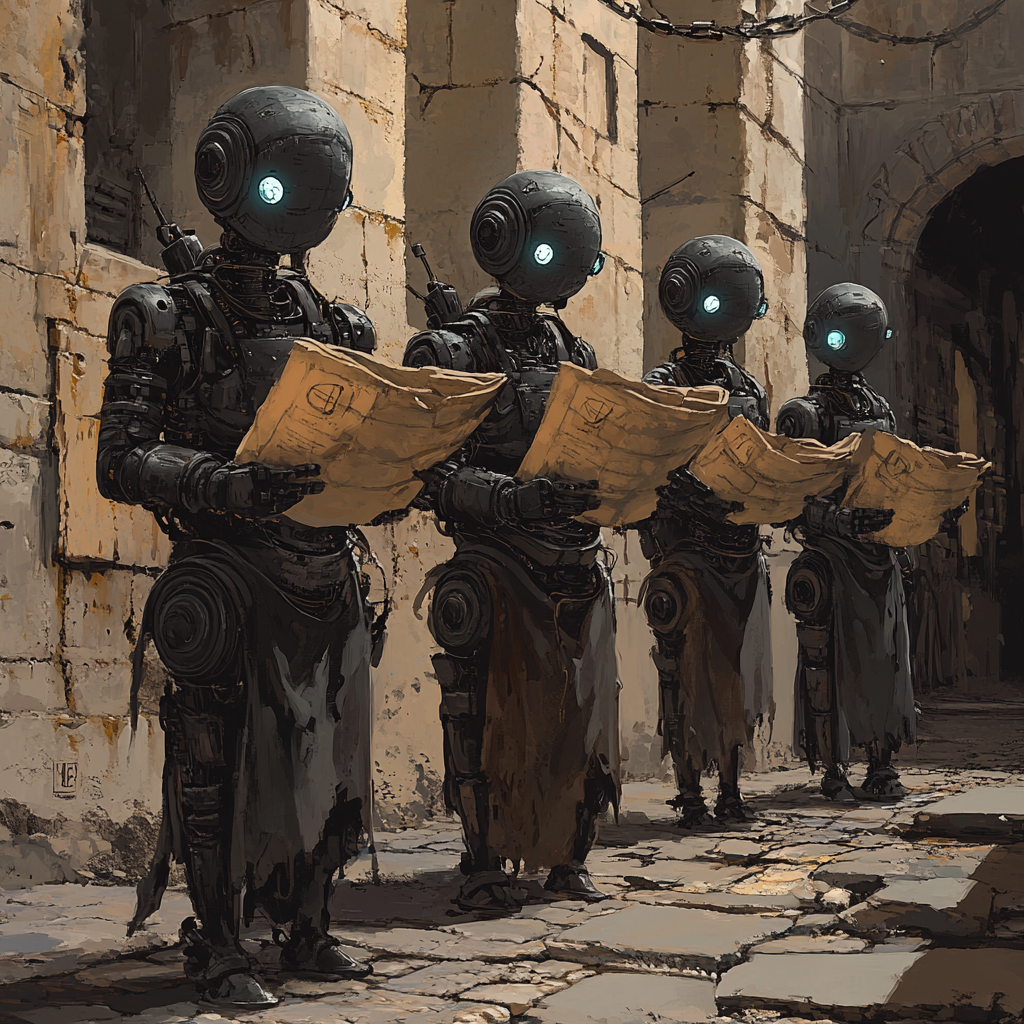What Context-Aware AI Actually Looks Like in Real Workflows
If you’ve ever asked, “What does all this AI stuff actually do?” — you’re not alone.
For most business owners, the promise of AI sounds great.
Smarter tools. Less admin. More time.
But it’s hard to visualize what it really looks like in a real system. Especially when terms like LLM, agent, or MCP (Model Context Protocol) get thrown around.
In this post, we’re going to show you what MCP-powered AI actually looks like in action.
Simple, real-world examples — no hype, just clarity.
But First — Quick Reminder: What Is MCP?
MCP (Model Context Protocol) is a system that gives AI access to shared, structured memory.
It lets different tools, agents, and AI models:
- Know what’s already happened
- Understand who’s involved
- Act based on business logic
- Coordinate without repeating steps or getting confused
It’s how AI starts to feel intelligent — not just responsive.
Use Case 1: Client Onboarding That Doesn’t Drop the Ball
Business Type: Creative Agency
Before MCP:
- Client fills out a form
- Admin enters details into ClickUp
- PM emails a welcome packet
- Tasks created manually
- No clear source of truth
With MCP-powered AI:
- AI intake assistant stores structured context (client name, project type, goals)
- CRM, ClickUp, and internal dashboard pull from the same source
- Welcome packet is auto-personalized and sent
- PM is assigned, project timeline is generated
- AI handles status updates with full project memory
Result: The process goes from 2 hours to 15 minutes — no manual steps, no info lost between tools.
Use Case 2: An Assistant That Knows the Business Rules
Business Type: SaaS Product
Before MCP:
- Support agent AI can answer FAQs — but can’t escalate properly
- Billing bot doesn’t know the client’s plan tier
- Each tool is “smart,” but isolated
With MCP:
- AI assistant checks the client’s tier, usage, support level
- Applies escalation rules based on real context
- Pulls billing data, adds tags to CRM
- Coordinates handoff to success team if usage is dropping
Result: One AI layer handles 80% of support — and when it hands off, it knows exactly who it’s talking about.
Use Case 3: A Team That Stops Repeating Work
Business Type: Consulting Firm
Before MCP:
- AI summarizes meeting notes, but forgets the last session
- Every tool (Notion, Slack, Docs, CRM) holds part of the picture
- No consistent “memory” across the business
With MCP:
- AI assistant knows what was discussed last week
- Meeting summary is linked to active project context
- Next steps are generated into the task system
- All tools access the same client profile and history
Result: Team doesn’t repeat conversations. Clients feel known. Projects move with momentum.
The Key: Context That Moves With the Work
Without MCP:
- You get clever tools in disconnected silos
- You answer the same questions more than once
- AI gives suggestions that don’t fit the real picture
With MCP:
- Everything is connected
- AI can act like a team member, not just a tool
- Your systems finally feel smart — and synced
Why We Build With MCP
MCP isn’t a product.
It’s a protocol we design into every AI system we build — so your tools don’t just automate, they coordinate.
In our AI Integration & Automation work, we use MCP to:
- Pass structured context between tools
- Maintain memory across actions
- Execute decisions based on roles, rules, and data
- Build scalable systems that grow with you
We don’t build “chatbots.”
We build systems that understand your business — and act accordingly.
Want Context-Aware AI That Actually Works?
We help growing businesses build AI systems that think clearly, act efficiently, and connect the dots — with structured context at the core.
📩 Contact us to speak with our AI Integration & Automation team — and let’s build something that behaves like a real system, not just a set of tools.





